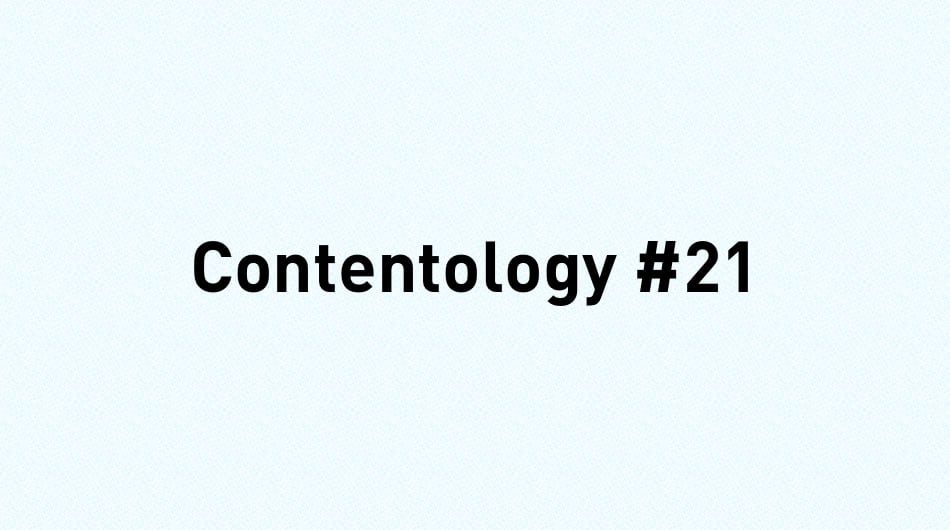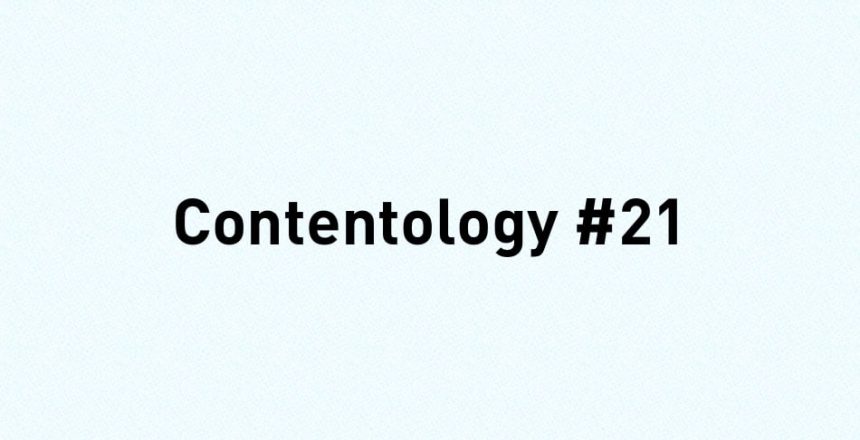Happy New Year from Contentology! We trust you are in good health and good spirits, looking forward to all the joys that the coming year will bring and that ‘dry’ January is nearly over and Trump and that Brexit will feel less painful, when it is.

January has traditionally been a time for renewal and contemplation, to reflect upon the previous year and look upon the next with fresh eyes. Named after Janus, he two-faced Roman god (we don’t know if he was duplicitous, only that he had two faces), signifying the capacity to look backwards and forwards at the same time.
So after the excess of December with both its spirituality and rampant commercialism (and by spirituality we mean partying), January is often viewed as a calmer time when consumers tighten their belts and focus on longer-term pursuits rather than short-term pleasures.
But is it really a time in which we reject commercialism? Going on the most recent data from the ONS it would appear not. Retail spending in Jan 2016 was 2.3% higher than Dec 2015 and online sales for the same period grew by 2.7%. Not staggering shifts but certainly significant.
What is interesting is how brands use marketing communications around this time of year. In December, marketing feels much more sales focused. It’s louder, attention grabbing and unashamedly created to stimulate the brain’s pleasure receptors. It is created for one purpose only. To get us out there spending money because if you don’t, your Christmas will be rubbish and your children will hate you.
In contrast, New Year brand communications tend toward the inspirational, the motivational and opportunity laden. They feel designed more to entice, to seduce, and to invite you, maybe into a relationship. They want you to be a better you and to have all the things you deserve, by being you.
When it comes to content marketing, it should be pretty obvious which of these months is more suited to the heavy deployment of your content armoury.
You couldn’t be more wrong!
Content can be frivolous, manipulative and sell stuff like Del Boy.
Five ways in which content is being used to support sales
1. Content you can buy through
Retailers have long known the importance of putting product by the till and putting promotional material by the product. Creating an emotional and engaging connection with a product through content, then allowing that product to be bought there, and then without further ado, is something all businesses should aspire to.
2. The blog
The humble blog has been around for quite some time but a well written one is worth its weight in gold when it comes to purchase influence. A recent study by the Harvard Business Review found that 84% of B2B buyers are now starting the purchasing process with a referral, and peer recommendations are influencing more than 90% of all B2B buying decisions.
3. The tutorial
“Give a man a fish and you feed him for a day. Teach him to fish and you’ll feed him for a lifetime.” Show a lady how to create a certain look and she’ll very likely buy the gear.
4. Celebrity recommendation
Who doesn’t love a good celebrity endorsement? If the ‘celebrity’ is a good fit for your brand and connected to your audience, it doesn’t matter if you’ve never heard of them.
People like to see a familiar face on a product and strange as it may seem to some, a celebrity offers a stronger guarantee of quality and product recognition.
5. Competitions
Narcissism is fashionable right now and what better way to live in your own glory than a competition fit for a king. Competitions drive traffic, engagement and increase sales. They can generate hype over a new product and even tailor clothes to your personal style as with Topshop.



